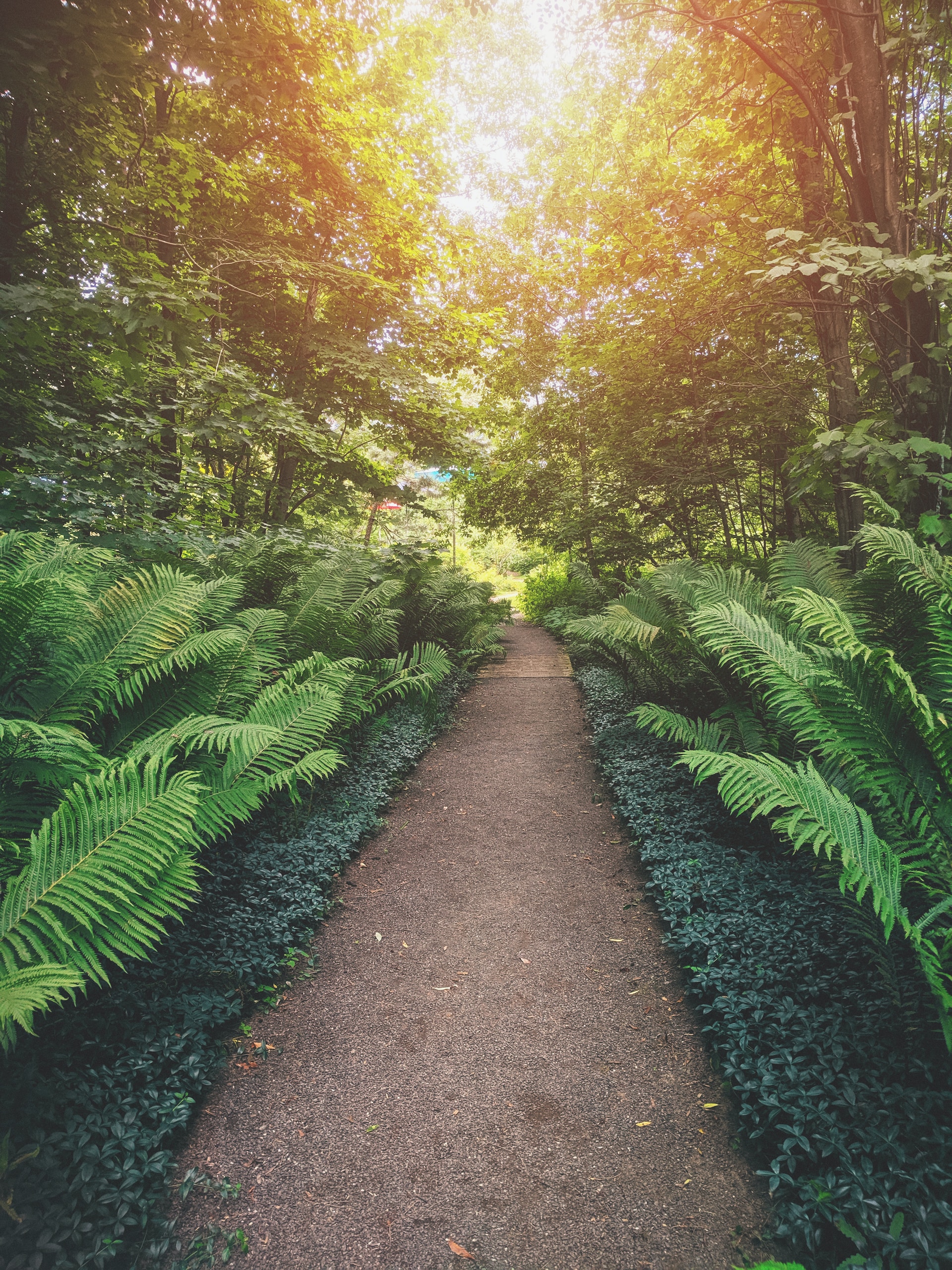Plants for Wildlife
Creating a wildlife-friendly garden begins with incorporating a diverse array of plant species. Different types of plants from trees to shrubs, flowers and native plants, each play a critical role in attracting and supporting different species of wildlife. Not only do they offer shelter and breeding spaces, but they also provide food sources, serving as a buffet laden with seeds, berries, nectar, and leaves.
Wondering where to begin? Take the specific from Florida’s gopher tortoise plant guide and generalize it to accommodate broader wildlife. For instance, gopher tortoises prefer plants like gopher apple, dune sunflower, and wiregrass. Similar food sources can attract other animals too. An oak tree serves multiple purposes: it can provide acorns for squirrels, nesting space for birds, while the leaves host caterpillars beneficial for birds and other insect-eating animals.
Seasonal Care for Wildlife Plants
Taking care of your wildlife garden according to the seasons is essential. Each season presents a unique set of requirements and responsibilities. For instance, spring is an excellent time to plant new seedlings and bulbs, while in summer, maintaining proper water levels becomes paramount.
As fall approaches, garden care involve certain specifics. Plants may need pruning to promote healthier growth in the next season. Consider maintaining a wildlife garden in the fall to serve as a guideline. Leaving certain plants to self-seed or stand tall throughout winter can provide cover and foraging opportunities for wildlife.
Creating Habitats for Wildlife
Once you’ve planted a diverse array of plants, it’s time to consider habitat creation. By modifying your garden layout and incorporating certain elements, you can attract a variety of wildlife. This could range from bird boxes in trees for nesting, brush piles for insects and small mammals, wildlife ponds for amphibians, or a log pile for beetles and other fascinating insects.
Remember, these habitats should interact seamlessly with the overall garden design. Therefore, consider the overall visual appeal, maintenance, and wildlife value while planning. For instance, a well-placed bird bath can add an aesthetic appeal while providing a water source for birds.
Tips and Tricks for Wildlife Friendly Gardening
Making your garden more wildlife-friendly can be an exciting endeavor. A few tips can help you navigate this process. First off, incorporating water features like a small pond or birdbath can create a mini oasis for many creatures. Next, always provide a year-round food supply through berry bushes, seed-producing flowers, or a bird feeder.
Consider the local wildlife prevalent in your area when planning your garden. Observe their habits, preferences, and behaviors to make your garden more welcoming. Refer to resources like Wild Birds Unlimited for detailed information on accommodating local wildlife. Lastly, be patient! Creating a wildlife-friendly garden is a continuous process, with the rewards showing over time. Happy gardening!

